Shoshone
History
The Shoshone are a Native American tribe with a rich history that spans thousands of years. They are part of the larger Numic-speaking group of tribes, which also includes the Comanche, Ute, and Paiute tribes. The Shoshone were one of the earliest tribes to inhabit the western part of North America, with archaeological evidence suggesting their presence in the region as early as 12,000 years ago.
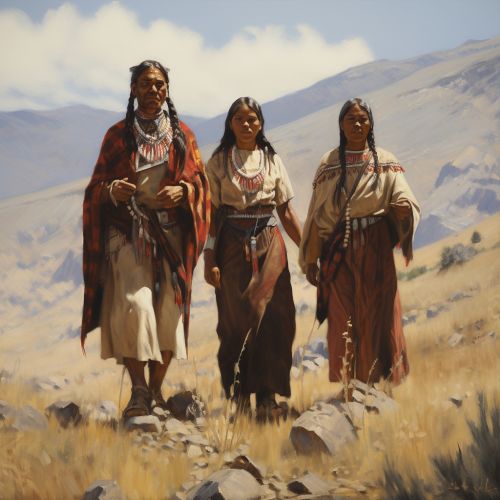
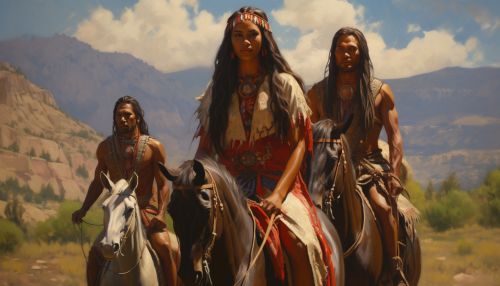
The Shoshone initially lived as hunter-gatherers, relying on the abundant wildlife and vegetation in the region. They hunted game such as deer, elk, and bison, and gathered roots, berries, and seeds. The Shoshone were also known for their skill in crafting tools and weapons from stone, bone, and wood.
The arrival of European settlers in the 19th century had a profound impact on the Shoshone. They were forced off their ancestral lands and onto reservations, a process that was often marked by violence and conflict. Despite these hardships, the Shoshone have managed to preserve their culture and traditions, and continue to play an important role in the history and culture of the western United States.
Culture
The culture of the Shoshone is deeply rooted in their history and environment. They have a rich oral tradition, with stories and legends passed down from generation to generation. These stories often feature animals and natural elements, reflecting the Shoshone's close relationship with the natural world.
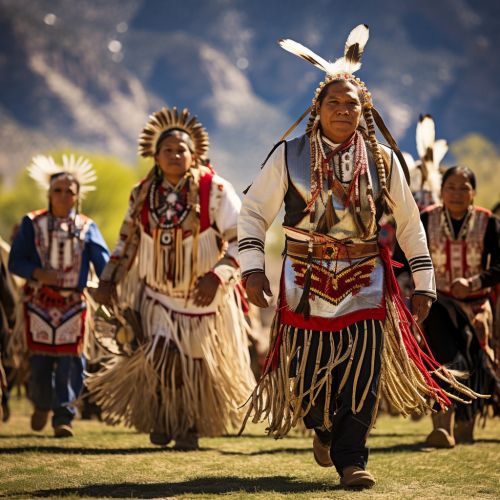
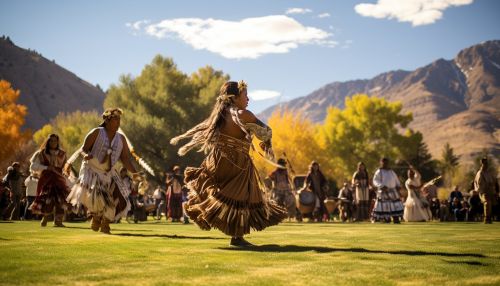
The Shoshone are known for their craftsmanship, particularly in the areas of basketry and beadwork. They also have a strong tradition of music and dance, with many ceremonies and celebrations featuring traditional songs and dances.
The Shoshone language is part of the Uto-Aztecan language family, and while it is still spoken by some members of the tribe, like many Native American languages, it is at risk of becoming extinct. Efforts are currently underway to preserve and revitalize the Shoshone language.
Modern Day Shoshone
Today, the Shoshone people live on several reservations in the western United States, including the Wind River Reservation in Wyoming, the Duck Valley Reservation in Nevada and Idaho, and the Fort Hall Reservation in Idaho. They continue to practice their traditional customs and ceremonies, while also participating in modern American society.
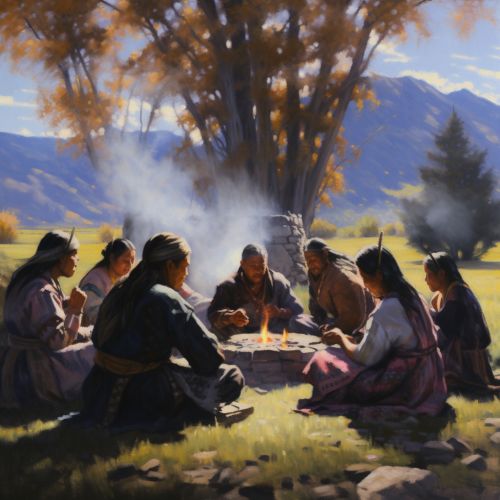
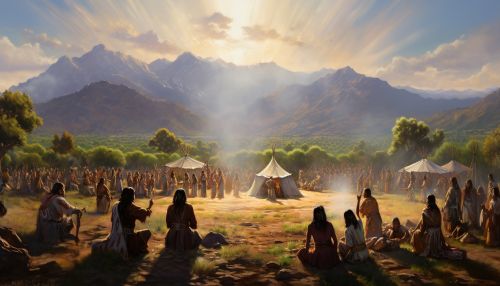
The Shoshone are active in tribal politics and advocacy, working to protect their rights and preserve their culture. They are also involved in various economic activities, including agriculture, ranching, and tourism.
Despite the challenges they have faced, the Shoshone continue to maintain a strong sense of identity and pride in their heritage. They are a testament to the resilience and enduring spirit of Native American cultures.
